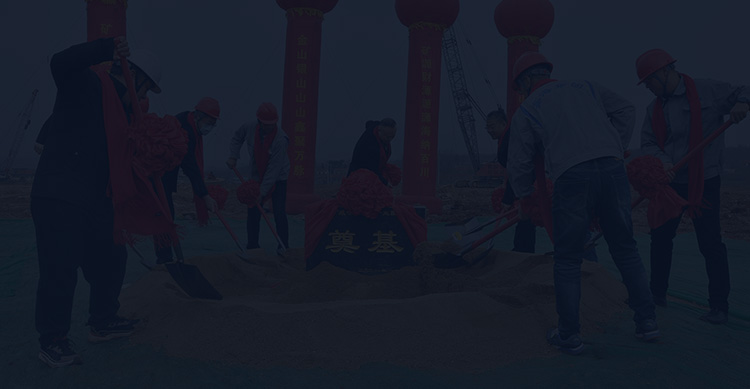
Manganese is an important metal element, widely used in steel, chemical industry, electronics and other fields. With the continuous development and utilization of manganese resources, high-grade manganese ore is decreasing, and the development and utilization of low-grade manganese ore is becoming more and more important.
However, the manganese content in low-grade manganese oxide minerals is usually between 10% and 30%, which makes the development of low-grade manganese ore more difficult and the development cost is also high. The following article will introduce the types of low-grade manganese oxide minerals and the beneficiation methods of manganese oxide.
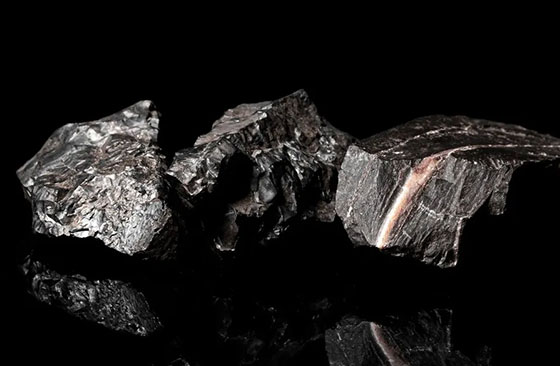
Oxidized manganese ore: Oxidized manganese ore is a common type of low-grade manganese ore. The main minerals are pyrolusite, psilomelane, manganese ore, etc. The color of oxidized manganese ore is usually black, brown or dark gray, and the hardness is relatively low.
Manganese carbonate ore: Manganese carbonate ore is also an important component of low-grade manganese ore. The main minerals are rhodochrosite, manganese calcite, etc. The color of manganese carbonate ore is mostly grayish white, pink or light brown, and the hardness is slightly higher than that of oxidized manganese ore.
Manganese silicate ore: Manganese in silicate manganese ore mainly exists in the form of silicate. Common minerals include rhodonite, manganese olivine, etc. The color of manganese silicate ore is generally green, brown or black, and the hardness is relatively high.
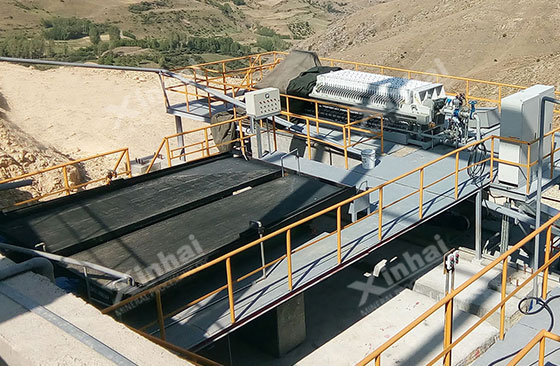
Gravity separation is a method of separation using the density difference of minerals. For low-grade manganese ore, gravity separation mainly uses the density difference between manganese ore and impurity minerals. Under the action of gravity, manganese ore and impurity minerals are separated in the medium, thereby achieving manganese separation. The equipment used in this method is relatively simple and the investment cost is low; no chemical agents are used in the gravity separation process, and there is no pollution to the environment; for low-grade manganese ore containing coarse-grained manganese ore, gravity separation can effectively recover coarse-grained manganese ore and improve the recovery rate of manganese. The recovery effect of fine-grained manganese ore is poor, and it needs to be combined with other mineral processing methods to improve the recovery rate of fine-grained manganese ore.
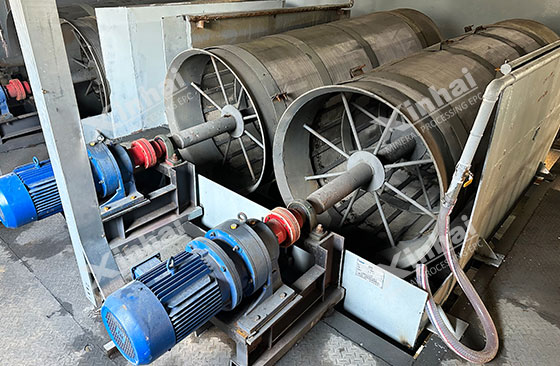
Magnetic separation is a method of separation using the magnetic difference of minerals. For low-grade manganese ore, magnetic separation mainly uses the magnetic difference between manganese ore and impurity minerals to separate manganese ore and impurity minerals under the action of a magnetic field. For low-grade manganese ore containing magnetic impurity minerals, magnetic separation can effectively remove magnetic impurity minerals and improve the grade of manganese. Its equipment is relatively simple and the investment cost is low; the magnetic separation process is easy to operate and control, and has a high degree of automation. However, it can only recover magnetic manganese minerals, and the recovery effect of non-magnetic manganese minerals is poor. It needs to be combined with other mineral processing methods to improve the recovery rate of non-magnetic manganese minerals.
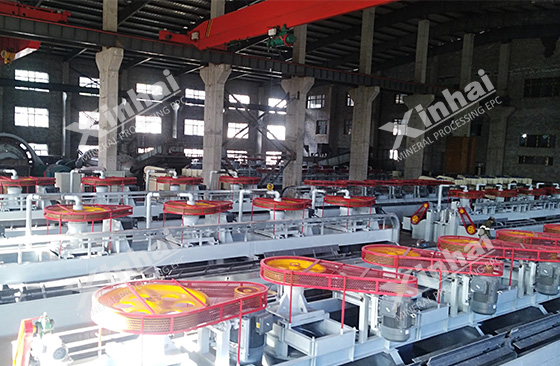
Flotation is a method of mineral separation that utilizes the difference in physical and chemical properties of the mineral surface and adds flotation agents to make the target mineral selectively attached to the bubbles, thereby achieving mineral separation. For low-grade manganese ore, flotation mainly utilizes the difference in surface wettability between manganese minerals and impurity minerals. Under the action of flotation agents, manganese minerals can be adsorbed by bubbles and float to the surface of the slurry to form foam products, while impurity minerals remain in the slurry and become tailings.
This method is suitable for processing various types of low-grade manganese ores, and has relatively low requirements for the particle size and mineral composition of the ore. In addition, in the flotation process, in addition to manganese, other valuable metals such as iron, cobalt, and nickel can also be recovered at the same time to improve the comprehensive utilization rate of resources. However, a large amount of flotation agents are required in the flotation process, which is costly. At the same time, a large amount of wastewater will be generated during the flotation process, which needs to be treated.
The different reduction temperatures of manganese, phosphorus and iron are used to control the temperature in a blast furnace or electric furnace to selectively separate them. Generally speaking, the reduction temperature of manganese is relatively high, while iron and phosphorus can be reduced at lower temperatures. By controlling the appropriate temperature conditions, impurities such as iron and phosphorus can be preferentially reduced and separated from manganese, thereby obtaining manganese-rich, low-iron, and low-phosphorus manganese-rich slag.
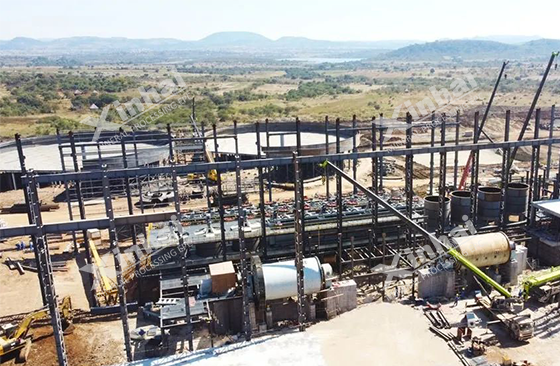
The process is relatively simple and stable in production. It can effectively separate impurities such as iron and phosphorus from the ore to obtain high-grade manganese-rich slag, which can be used as a high-quality raw material for manganese alloys. It has good adaptability to the treatment of difficult-to-select poor manganese ore with high phosphorus and high iron content. Overall, the energy consumption is high, and a large amount of reducing agents such as coke is required. During the smelting process, certain waste gas, waste slag and other pollutants will be generated, which have a certain impact on the environment and require corresponding environmental protection treatment facilities.
The above is an introduction to the types of low-grade manganese ore and its beneficiation methods. In actual beneficiation plants, the properties of each manganese ore are different. Therefore, the process selection needs to be based on the properties of the ore. To be on the safe side, it is recommended to conduct beneficiation tests and design suitable manganese ore beneficiation process plans through test analysis to obtain an ideal return on investment.
To find out more about our products and solutions, please fill out the form below and one of our experts will get back to you shortly.